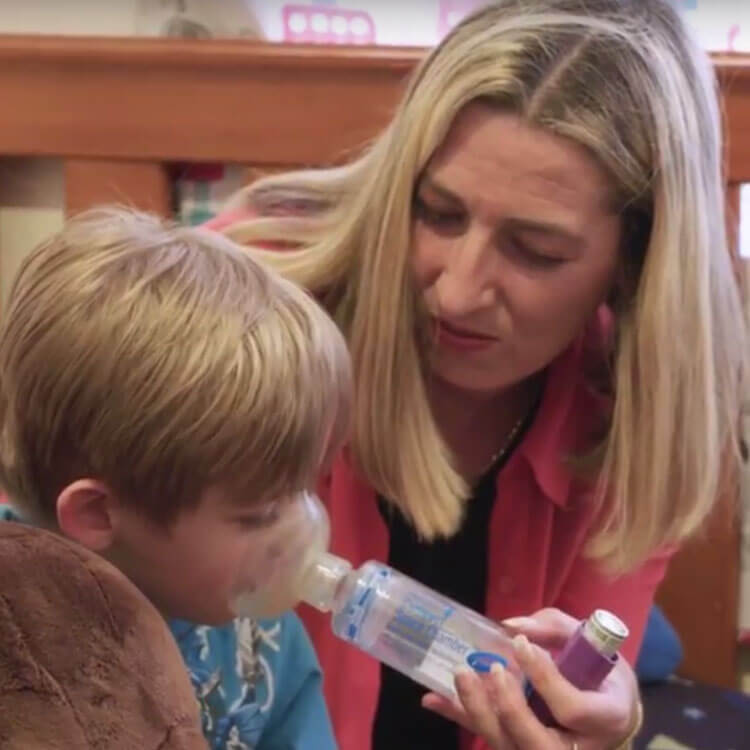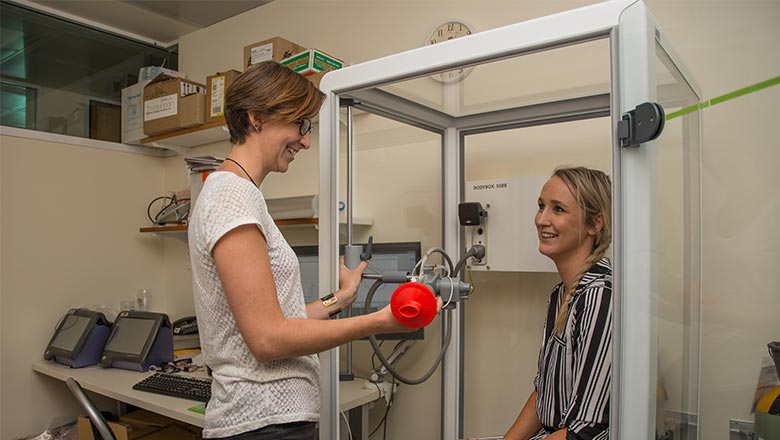Search

News & Events
Video: The burden of asthma - Michelle's storyMichelle has spent countless nights watching her son struggle to breathe. Our researchers are working to find better treatments for kids living with asthma.

News & Events
Video: The burden of asthma - Karen's storyThe Kids Research Institute Australia researchers are at the forefront of asthma research globally. Watch Karen's story to learn why it's so important.

News & Events
Researchers urge caution in how asthma test is usedResearchers are urging caution in the use of a widely accepted test for diagnosing asthma, after their study found it may not be accurate in some settings.
News & Events
New system for predicting asthma in childrenAsthma researchers at Perth's The Kids for Child Health Research are developing a world first system for predicting the severity of asthma in children
Research
Virus infection and allergy in the development of asthma: What is the connection?Information is accumulating which implicates airway inflammation resulting from respiratory viral infections, acting against a background of atopy.
Research
House dust allergy and immunotherapyHDM allergy is associated with asthma, allergic rhinitis and atopic dermatitis.
Research
Interaction between adaptive and innate immune pathways in the pathogenesis of atopic asthma: Operation of a lung/bone marrow axisAtopic asthma is the most common form of asthma, particularly during childhood, and in many cases it persists into adult life.
Research
Risk factors for bronchial hyperresponsiveness in teenagers differ with sex and atopic statusSex-related differences in bronchial hyperresponsiveness (BHR) have been reported in adolescents, but the mechanisms remain obscure.
Research
Reversible Control by Vitamin D of Granulocytes and Bacteria in the Lungs of Mice: An Ovalbumin-Induced Model of Allergic Airway DiseaseVitamin D may be essential for restricting the development and severity of allergic diseases and asthma, but a direct causal link between vitamin D...
Research
Immune modulation by UV: Role of vitamin DIn this chapter, evidence for and evidence against the involvement of vitamin D in the immunoregulatory properties of UV radiation is presented.
